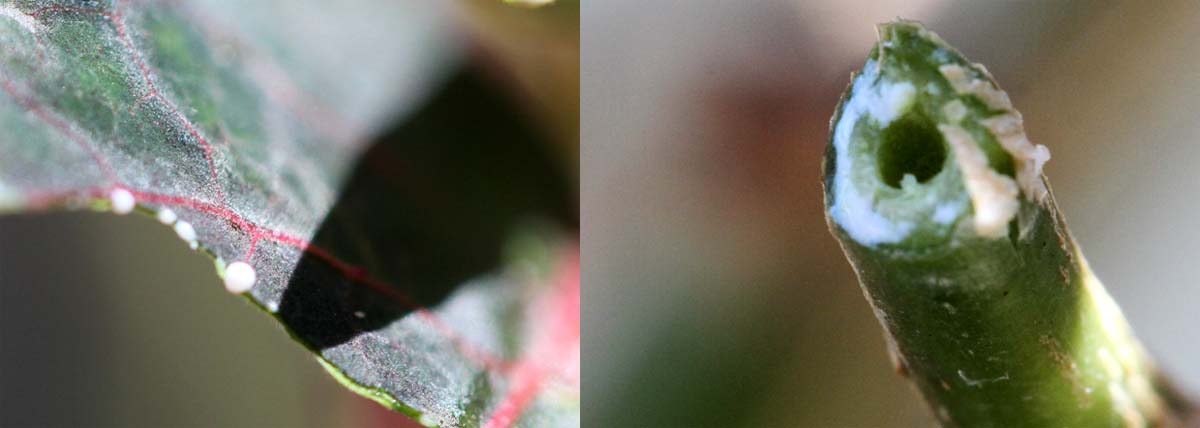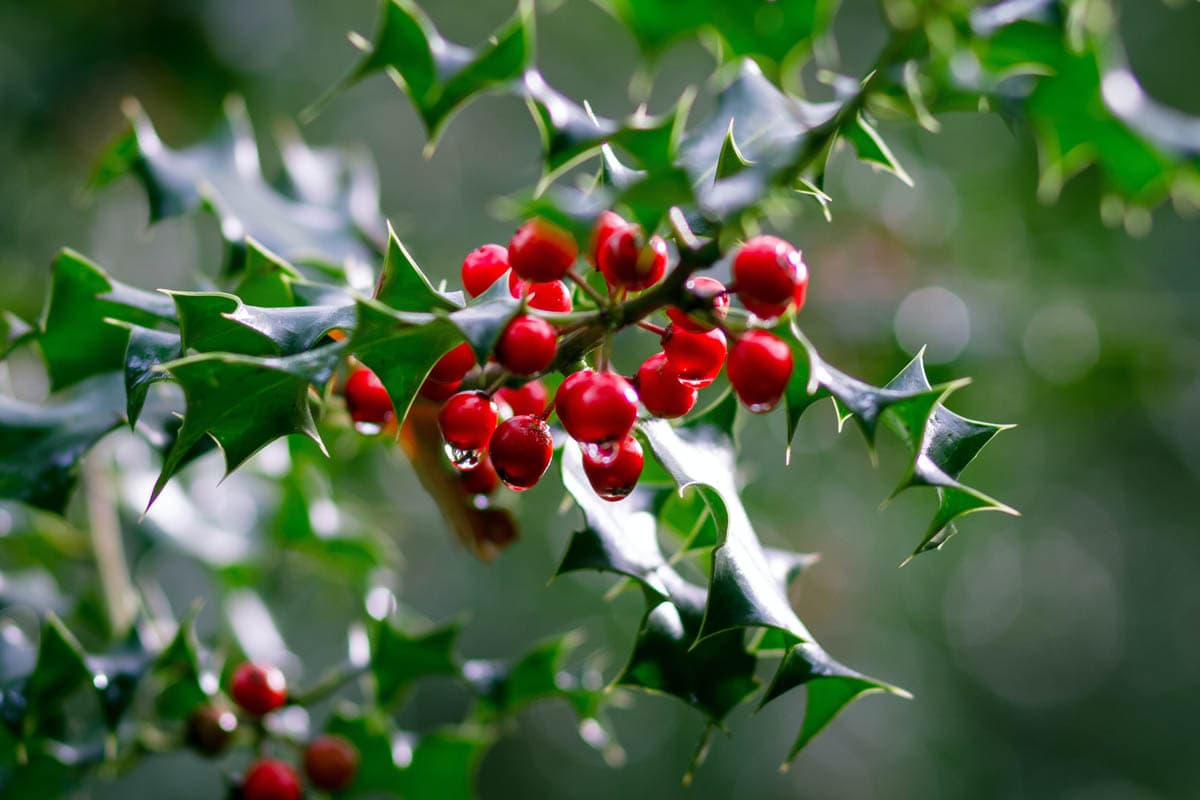Are poinsettias toxic to cats?
Poinsettias are toxic to cats, the toxic principles are diterpenoid euphorbol esters and saponin-like detergents which produce mild dermal and gastrointestinal irritation.
What are poinsettias?
- Botanical name: Euphorbia pulcherrima
- Common names: Christmas flower, Painted leaf, Lobster plant, Winter rose
- Toxicity: Toxic to cats
- Toxic parts: Leaves and stems
- Severity: Mild
- Toxic properties: Diterpenoid euphorbol esters and saponin-like detergents
Poinsettias are an ornamental shrub native to Mexico and are a popular indoor plant around Christmas. With over 100 varieties, the striking foliage grows in a range of colours which include green and red, green and pink or green and white.
Toxic properties of poinsettia

The ASPCA lists the toxic property of poinsettias are diterpenoid euphorbol esters and saponin-like detergents which can irritate the skin, mouth and gastrointestinal tract. Symptoms of poinsettia exposure may include:
Can poinsettia kill a cat?
The toxicity of poinsettia is overrated and it is extremely unlikely to kill a cat. The biggest danger is if the cat consumes a large enough quantity to cause a gastrointestinal blockage. Due to the bitter taste of poinsettia, this is unlikely.
What to do if a cat eats poinsettia
Offer the cat a drink of something tasty such as milk or tuna juice to help flush the mouth. If you are at all concerned, contact your veterinarian or pet poison helpline.
How to keep cats safe
The risk of toxicity is extremely low, therefore there are no recommendations for poinsettias and cats. Some cats are prone to chewing plants, which can damage foliage.
Grow cat-friendly plants in the home such as catnip and cat grass which will provide a safe alternative to your Christmas plants.
What Christmas plants are toxic to cats?
Holly

- Scientific name: Ilex opaca
- Other names: English Holly, Oregon Holly,
- Level of toxicity: Moderate
- Toxic compound: Saponins
- Toxic parts: Berries
- Causes: Gastrointestinal disturbances
- Symptoms: Diarrhea, lethargy
Mistletoe

- Scientific name: Viscum album and Phoradendron serotinum
- Other names: Common mistletoe, English mistletoe, American mistletoe
- Level of toxicity: Mild to moderate
- Toxic compound: Alkaloid tyramine and pharatoxin viscumin
- Toxic parts: All parts, leaves, and berries contain the highest concentration
- Causes: Gastrointestinal disturbances and hypotension (low blood pressure)
- Symptoms: Drooling, vomiting, diarrhea, low heart rate, wobbly gait (ataxia), low blood pressure, and low heart rate
Hippeastrum

- Scientific name: Hippeastrum spp.
- Level of toxicity: Mild to moderate
- Other names: Hippeastrum, commonly referred to as amaryllis, but amaryllis is a different species
- Toxic compound: Lycorine
- Toxic parts: All parts, the bulb, and leaves are the most toxic
- Causes: Gastrointestinal disturbances
- Symptoms: Vomiting, drooling, diarrhea, abdominal pain, loss of appetite and tremors
Lily

- Scientific name: Lilium and Hemerocallis
- Other names: Rubrum Lily, Tiger Lily, Asiatic Lily, Day Lily, Stargazer Lily, and Easter Lily
- Toxic compound: Unknown
- Toxic parts: All parts of the plant are toxic to cats
- Causes: Acute kidney failure
- Symptoms: Vomiting, drooling, loss of appetite, lethargy, depression, increased urination followed by decreased/absent urination.
See more on lily poisoning here.

